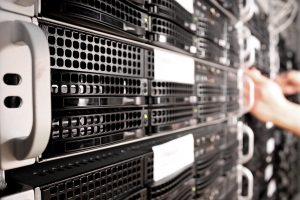Maintaining your out-of-support IT systems can be an arduous task. The right personnel and the right tools for the job can ease the burden. After all, not everyone has the money carved out for maintenance contracts in their annual budget especially in these times.

Have you heard the saying: when you hear hooves, think horses, not zebras? Same principle applies here…Often problems are easily solved by performing basic equipment maintenance, like clearing dust or ensuring connections are tight. I can’t remember how many times I have been hours into a repair, and it ended up that a data cable needed to be replaced. Self-maintaining isn’t as scary as it sounds, depending on the type of equipment that your organization has. Enterprise servers and storage should not be self-maintained, due to the complexity of the systems.
How To Maintain Your Hardware:
- Setting up SNMP failure notifications: If you have a server or storage system that has feature, it is absolutely worthwhile to change the email address over to an internal email address of the person in charge of managing the system. It will alert you of any errors in the system, and sometimes it will alert you of pre-fails, so you can catch the problem before it becomes a problem.
- Cold spares on-site: Each system has a small list of likely-to-fail parts. Since your organization has owned the system for a while, find out what those are. Even though the system likely has hot spares, it is a good idea to keep a few cold spares around. Power supplies and spare disks are examples of a good spares kit. Make sure you stock up in advance, you do not want to be groveling for the part if you experience a failure, and the system is obsolete.
- Back up Strategy: This should go without saying – if you don’t have a strategy to back up your data, make one now. 3-2-1 is a common and simple strategy. There are plenty of inexpensive options out there that can save your hide after a catastrophic failure.
- Personnel: Self-maintaining equipment should not be attempted unless you have qualified personnel. If you don’t have an administrator that knows your systems well, please save yourself a headache, and call a third party maintenance company.
- Physical Inspection: Twice a year, perform an in-person inspection. Too much dust in the fan, not enough airflow and loose cables are all common problems you may run into.
These 5 simple tricks may in fact negate the need for equipment maintenance. Why are we, a maintenance company, posting this self-conflicting blog? Because we believe you should have the solution in place that works best for your organization.
If you can do it yourself, more power to you. If you need us to step in, give us a call!
ShareSEP
